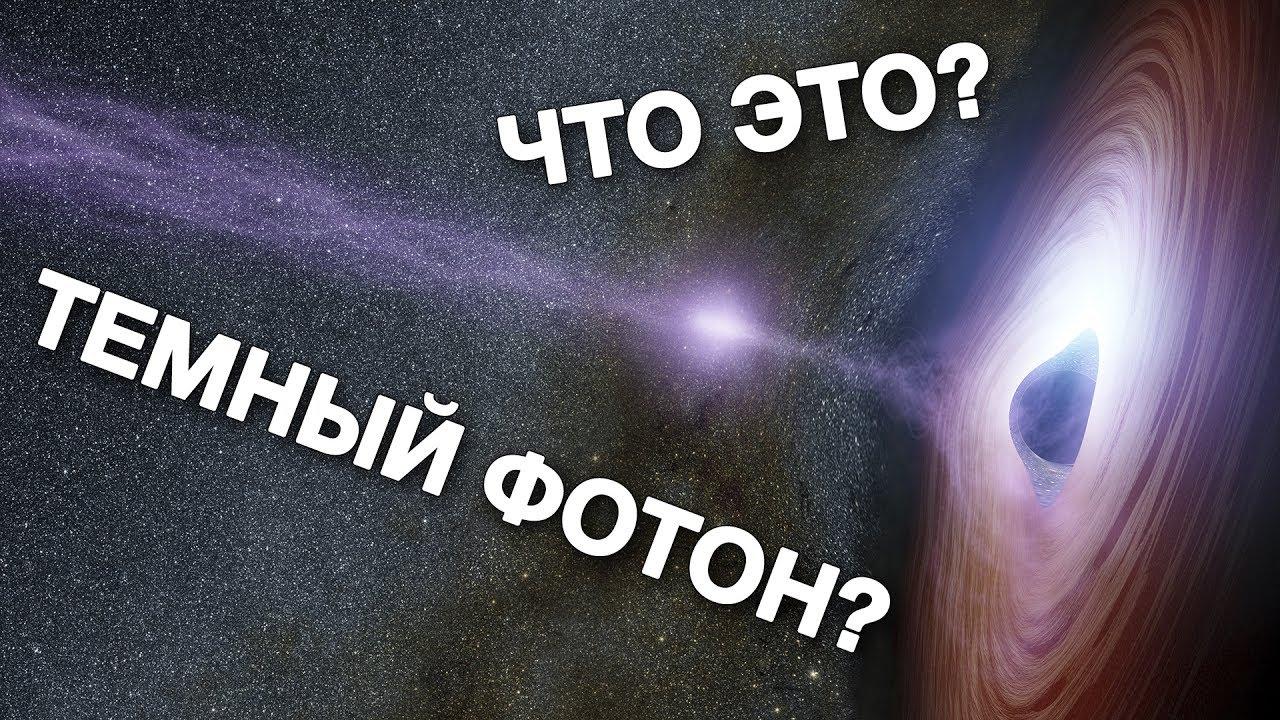
Dark photon. Searching for the invisible
A photon is an elementary particle associated with light. However, for about a decade, some scientists believed that there was what they call a dark or dark photon. To an ordinary person, such a formulation seems to be a contradiction in itself. For physicists, this makes sense, because, in their opinion, it leads to unraveling the mystery of dark matter.
New analyzes of data from accelerator experiments, mainly results Bar detectorshow me where dark photon it is not hidden, i.e. it excludes zones where it was not found. The BaBar experiment, which ran from 1999 to 2008 at the SLAC (Stanford Linear Accelerator Center) in Menlo Park, California, collected data from collisions of electrons with positrons, positively charged electron antiparticles. The main part of the experiment, called PKP-II, was conducted in collaboration with SLAC, Berkeley Lab, and Lawrence Livermore National Laboratory. Over 630 physicists from thirteen countries collaborated on BaBar at its peak.
The latest analysis used about 10% of BaBar's data recorded in its last two years of operation. Research has focused on finding particles not included in the Standard Model of physics. The resulting plot shows the search area (green) explored in BaBar data analysis where no dark photons were found. The graph also shows search areas for other experiments. The red bar shows the area to check whether dark photons cause so-called g-2 anomalyand the white fields remained unexamined for the presence of dark photons. The chart also takes into account experiment NA64made at CERN.
A photo. Maximilian Bris/CERN
Like an ordinary photon, a dark photon will transfer electromagnetic force between dark matter particles. It could also show a potentially weak bond with ordinary matter, meaning that dark photons could be produced in high-energy collisions. Previous searches have failed to find traces of it, but dark photons have generally been assumed to decay into electrons or other visible particles.
For a new study at BaBar, a scenario was considered in which a black photon is formed like an ordinary photon in an electron-positron collision, and then decays into dark particles of matter invisible to the detector. In this case, only one particle could be detected - an ordinary photon carrying a certain amount of energy. So the team looked for specific energy events that matched the mass of the dark photon. He did not find such a hit on the 8 GeV masses.
Yuri Kolomensky, a nuclear physicist at the Berkeley Lab and a member of the Department of Physics at the University of California, Berkeley, said in a press release that "the signature of a dark photon in the detector will be as simple as one high-energy photon and no other activity." A single photon emitted by a beam particle would signal that an electron collided with a positron and that the invisible dark photon had decayed into dark particles of matter, invisible to the detector, manifesting themselves in the absence of any other accompanying energy.
The dark photon is also postulated to explain the discrepancy between the observed properties of the muon spin and the value predicted by the Standard Model. The goal is to measure this property with the best known accuracy. muon experiment g-2conducted at the Fermi National Accelerator Laboratory. As Kolomensky said, recent analyzes of the results of the BaBar experiment largely “rule out the possibility of explaining the g-2 anomaly in terms of dark photons, but it also means that something else is driving the g-2 anomaly.”
The dark photon was first proposed in 2008 by Lottie Ackerman, Matthew R. Buckley, Sean M. Carroll and Mark Kamionkowski to explain the "g-2 anomaly" in the E821 experiment at Brookhaven National Laboratory.
dark portal
The aforementioned CERN experiment called NA64, carried out in recent years, also failed to detect the phenomena accompanying dark photons. As reported in an article in "Physical Review Letters", after analyzing the data, physicists from Geneva could not find dark photons with masses from 10 GeV to 70 GeV.
However, commenting on these results, James Beecham of the ATLAS experiment expressed his hope that the first failure would encourage the competing ATLAS and CMS teams to keep looking.
Beecham commented in Physical Review Letters. -
An experiment similar to BaBar in Japan is called Bell IIwhich is expected to give a hundred times more data than BaBar.
According to the hypothesis of scientists from the Institute of Basic Sciences in South Korea, the haunting mystery of the relationship between ordinary matter and darkness can be explained using a portal model known as "dark axion portal ». It is based on two hypothetical dark sector particles, the axion and the dark photon. The portal, as the name suggests, is a transition between dark matter and unknown physics and what we know and understand. Connecting these two worlds is a dark photon that is on the other side, but physicists say it can be detected with our instruments.
Video about the NA64 experiment:
Hunting for the mysterious dark photon: the NA64 experiment

